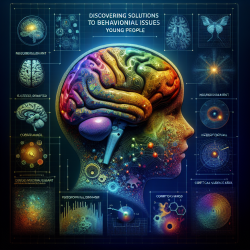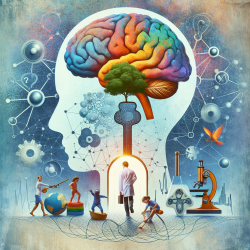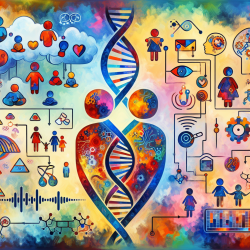Introduction
Conduct disorder (CD) is a psychiatric condition characterized by persistent antisocial behavior that typically emerges during childhood or adolescence. Despite its prevalence, the underlying neurodevelopmental processes of CD remain under-researched. A recent study titled Does the Relationship between Age and Brain Structure Differ in Youth with Conduct Disorder? offers new insights into the structural brain differences associated with CD.
Key Findings
The study utilized cross-sectional MRI data to compare brain maturation in youth with CD against healthy controls. It revealed that youth with CD have lower surface area in multiple cortical regions, including the frontal, temporal, and parietal lobes. However, contrary to expectations, no significant age-related differences in brain maturation were found between the two groups.
Implications for Practitioners
These findings suggest that CD is associated with structural brain differences rather than delayed brain maturation. Practitioners can leverage this information to better understand the neurodevelopmental underpinnings of CD. Here are some ways practitioners can apply these insights:
- Early Intervention: Recognize the importance of early intervention in managing CD symptoms, as structural differences are evident from a young age.
- Personalized Treatment Plans: Develop treatment plans that consider the unique brain structure of individuals with CD, potentially incorporating neuroimaging as a diagnostic tool.
- Further Research: Encourage further research into the specific cortical regions affected by CD to develop targeted therapeutic interventions.
Encouraging Further Research
While this study provides valuable insights, it also highlights the need for further research, particularly longitudinal studies that could capture developmental changes over time. Understanding the full scope of brain maturation in CD could lead to more effective interventions and support for affected individuals.
Conclusion
The study's findings underscore the complexity of CD and the importance of understanding its neurodevelopmental aspects. By focusing on structural brain differences, practitioners can enhance their approach to treatment and intervention, ultimately improving outcomes for youth with CD.
To read the original research paper, please follow this link: Does the Relationship between Age and Brain Structure Differ in Youth with Conduct Disorder?










